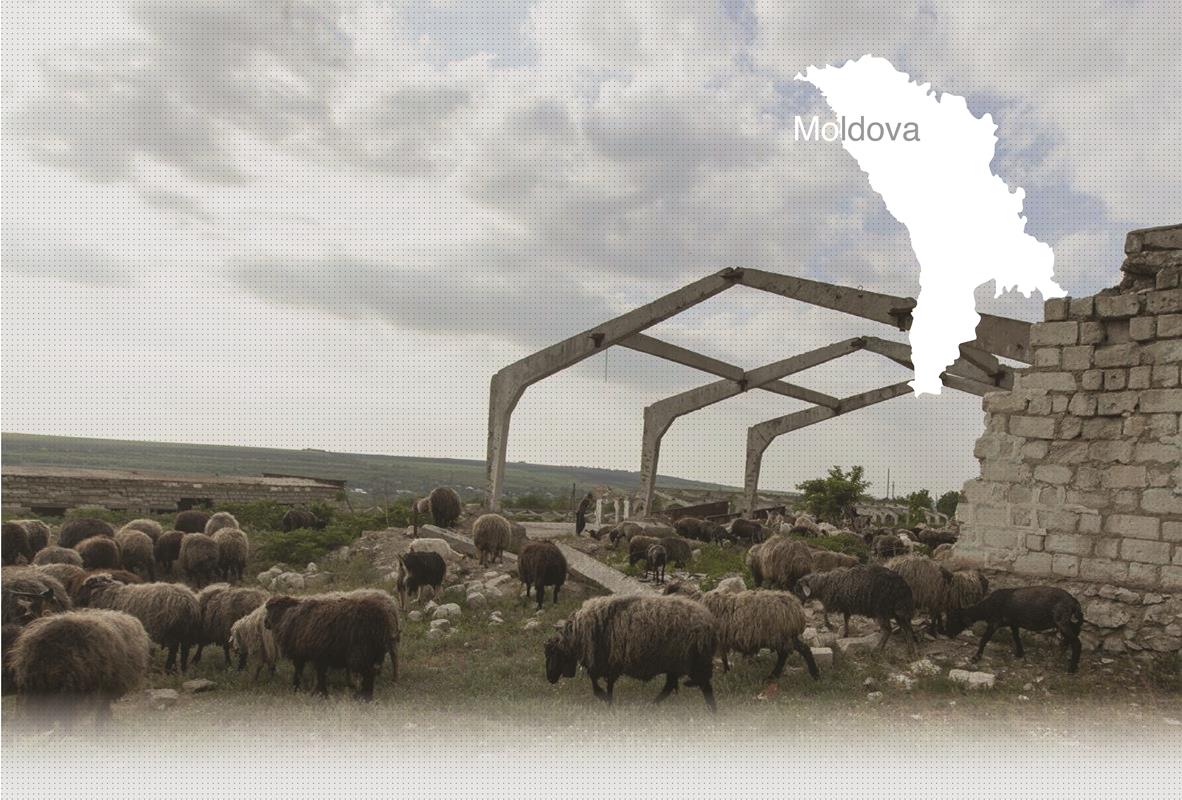

3 Killing site(s)
Mikhail S., born in 1933: “Y.U: You said the Jews came in several groups. How many groups were there?
Witness: There was only one column, one group of Jews. But as I told you, when they arrived in front of my mother’s house near the pond, they [the Romanians] would split them into groups of twenty or more people and take them a little further away to shoot them.
Y.U: Did the other Jews wait in the column?
Witness: Yes, the Jews were sitting and waiting. I remember them sitting and waiting in the valley near my mother’s house. My mother heard them screaming. They were asking for water, so she told me to go fill a jug with some water, put a lid on it and then throw the jug to the Jews. When I threw the jug, a man with a little boy took it, but a soldier saw him and shot the jug so no one could drink the water. It was hot, the Jews were crying out for water.
Y.U: Did he kill the young man at the same time?
Witness: No, he did not shoot the young man, he just shot the jug. They didn’t kill anyone in front of my mother’s house (…)”. (Witness N°26M, interviewed in Gura Căinarului, on May 27, 2012)
Gura Căinarului is a village and a commune in Florești District in northern Moldova. It is composed of two villages, Gura Căinarului and Zarojeni. It is located about 7km from Mărculești which, before the outbreak of the WWII, represented an important Jewish settlement of the region. According to the Romanian census from 1930, there were 2,319 Jews living in Mărculești, which represented 88% of the total population of the town. Before Mărculești was occupied by Romanian forces on July 8, 1941, many local Jews intended to flee on the Soviet side of the border by crossing the Dniester river.
Very little is known about the Jewish community from Gura Căinarului. According to YIU’s witness Mikhail S., born in 1933, the Jewish families were quite numerous in the village before the war. They were mainly merchants and they lived in the center of the village, as well as all on adjacent streets. Ion G., born in 1931, recalled: “Some Jews land, they were farmers. But most had stores, they sold a bit of everything. There was this older Jew who would go to Călărași, to Pepeni and bring goods for sale. He also sold alcohol and tobacco.”
The Florești region was occupied by German-Romanian troops at the end of June 1941. According to different archival sources and several testimonies collected by YIU during the investigation in Gura Căinarului, at least two mass shooting of Jews were perpetrated in the village during the German-Romanian occupation. According to some sources, the Jews were brought to be shot in Gura Căinarului from different localities, from Moldovan towns Bălţi and Mărculești among others, as well as from Chernivtsi, Ukraine.
During the investigation conducted in May 2012 in Gura Căinarului, YIU’s team managed to establish that the first mass shooting was perpetrated near the local church, most probably in July 1941. Vassil T., born in 1926, recalled a huge group of circa. 600 Jews being taken to Gura Căinarului from the Ukrainian town of Chernivtsi. The Jews had been told they would be taken to Mărculești, “a town with a major Jewish population, to settle down there”. In fact, the column of Jews was taken 7km further, to Gura Căinarului. It stopped near the local church. From there, the Romanian perpetrators would take the Jews in groups of six people several meters further. They would order the Jews to undress and shoot them. The execution lasted several hours. According to Ion G., born in 1931, some of the local Jews were also shot near the church that day. However, Cosma C., born in 1938 added that a part of Jews from Gura Căinarului managed to escape to Romania before the arrival of German-Romanian troops, their fate remains unknown. The victims of the shooting were buried in a sand pit next to the Church which was enlarged by several young Jews before the shooting. The latter (12-14 young men) were shot at the very end of the execution and buried in a mass grave on a local orthodox cemetery.
The second mass execution of Jews took place in the anti-tank trenches next to the irrigation canal. According to YIU’s witness Cosma C., born in 1938, it was perpetrated at the end of German-Romanian occupation. Two large groups of Jews were taken there from an unknown location to be shot over the course of a two-day mass execution. In total, between 400 and 500 people were killed there and buried in a mass grave that remains without any memorial today.
According to available archival sources and testimonies collected during the YIU’s investigation, the shootings of Jews in Gura Căinarului were perpetrated throughout the entire period of German-Romanian occupation, that is from 1941 till 1944.
Do you have additional information regarding a village that you would like to share with Yahad ?
Please contact us at contact@yahadinunum.org
or by calling Yahad – In Unum at +33 (0) 1 53 20 13 17